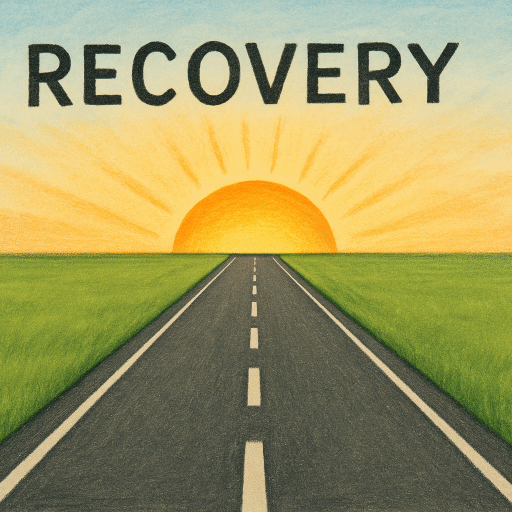Table of Contents
Having reliable access to prescribed medication is not just a matter of convenience—it can be the difference between health and hardship, and in some cases, life or death. People living with chronic illnesses such as asthma, diabetes, and hypertension rely on maintaining their medication routines to manage symptoms, slow disease progression, and avoid medical emergencies. Regular medication access has improved quality of life and increased productivity. In contrast, inconsistent or absent access often worsens conditions and creates a greater need for high-cost emergency interventions. Recent studies consistently reveal that readmission rates climb when patients experience delays in prescription access, and recovery times increase. For individuals managing multiple conditions or complex medication regimens, even minor lapses in access can have ripple effects on every aspect of their daily lives.
With the rising cost of healthcare and persistent coverage gaps, solutions to make prescriptions more attainable are increasingly vital. Tools like BuzzRx are now part of a broader movement to address these challenges by providing savings options and easier ways for patients to get what they need. Elevating awareness about such resources is critical, as more Americans face tough decisions about how to afford and obtain their medications. Programs that remove cost and access barriers improve adherence, ultimately supporting healthier communities.
Barriers to Getting Needed Medications
Obtaining prescribed treatments isn’t simply a matter of writing a prescription and delivering it to the nearby pharmacy. Financial obstacles are the most pervasive issue—high deductibles, copays, or lack of coverage can make essentials like insulin, blood pressure medication, or asthma inhalers financially out of reach. Many patients report rationing medication, splitting pills, or skipping doses altogether because they cannot afford the whole month’s supply. These decisions can worsen health outcomes and contribute to long-term complications that are even more costly.
Physical barriers, including pharmacy deserts and limited transportation options, prevent many from accessing medications. In rural regions, it’s common for the nearest pharmacy to be miles away, and public transportation may not be an option for those with disabilities or limited mobility. Additionally, complex and confusing insurance processes, language barriers, and a lack of understanding of the healthcare system create further hurdles. Medication nonadherence costs the U.S. between $100 billion and $300 billion each year, with much of this tied directly to the preventable costs of worsening illness and emergency care.
Social Determinants and Prescription Fulfillment
Social and economic conditions majorly determine whether a person will fill prescription orders and follow medical advice. Those living in lower-income neighborhoods are statistically more likely to encounter higher out-of-pocket costs, fewer nearby pharmacies, and reduced access to insurance benefits. Language differences, health literacy, and trust in medical professionals contribute to medication nonadherence. In many cases, individuals report not filling a prescription because they did not understand the directions, could not read the label, or lacked support to navigate complex medical plans.
Addressing these broader issues requires multifaceted strategies, such as patient education sessions, translation services, and targeted outreach efforts in at-risk communities. By breaking down communication barriers and supporting improved health literacy, there is a greater likelihood that prescriptions will be filled and used correctly, supporting better long-term outcomes.
The Role of Policy and Community Support
Public policy has a profound effect on medication access. Initiatives such as Medicaid expansion have demonstrably increased prescription fulfillment rates, particularly among groups without insurance coverage. Policy changes can influence drug pricing, promote generic medication use, and provide safety nets for those unable to afford treatment. At the local level, community health organizations, safety-net clinics, and nonprofit groups maintain programs that help patients find lower-cost prescriptions and educate them on properly using their medications.
Reforms aimed at reducing out-of-pocket burdens have the potential to help millions fill necessary prescriptions. Community programs combining financial support, awareness, and education can result in fewer unnecessary hospital visits and higher rates of chronic disease control, helping to build healthier, more resilient populations.
Technology and Accessible Pharmacy Solutions
The growth of digital health has created new opportunities for overcoming traditional barriers to medication access. Telehealth makes it possible to consult with providers and refill prescriptions online, while e-prescribing streamlines the process and reduces errors. Many pharmacies now offer home delivery and medication synchronization services, allowing patients with mobility or transportation limitations to get their prescriptions without leaving their homes.
Mobile health apps can send refill reminders, help users track their medication usage, and offer price comparison tools to help find the best deals. Amid the COVID-19 pandemic, such solutions became essential, rapidly increasing adoption and pushing both patients and healthcare providers toward new, more accessible models of care. These advances are likely to continue shaping the healthcare landscape, emphasizing patient-centered approaches and accessibility.
Innovative Approaches Increasing Access
Communities are adopting innovative strategies to ensure no one is left behind regarding medication access. Mobile pharmacy vans visit remote neighborhoods, bringing essential prescriptions to those unable to travel. Centralized prescription lockers and pop-up dispensaries in community centers or apartment buildings offer an added convenience, particularly in pharmacy deserts. Health systems are embedding pharmacists directly into primary care teams so patients get the education and follow-up they need, right at the point of care.
Outreach driven by culturally and linguistically competent teams helps address health disparities by building trust and ensuring clear and effective communication. Early results from these initiatives show reduced medication nonadherence and acute health episodes, highlighting what is possible when innovation is paired with community engagement.


